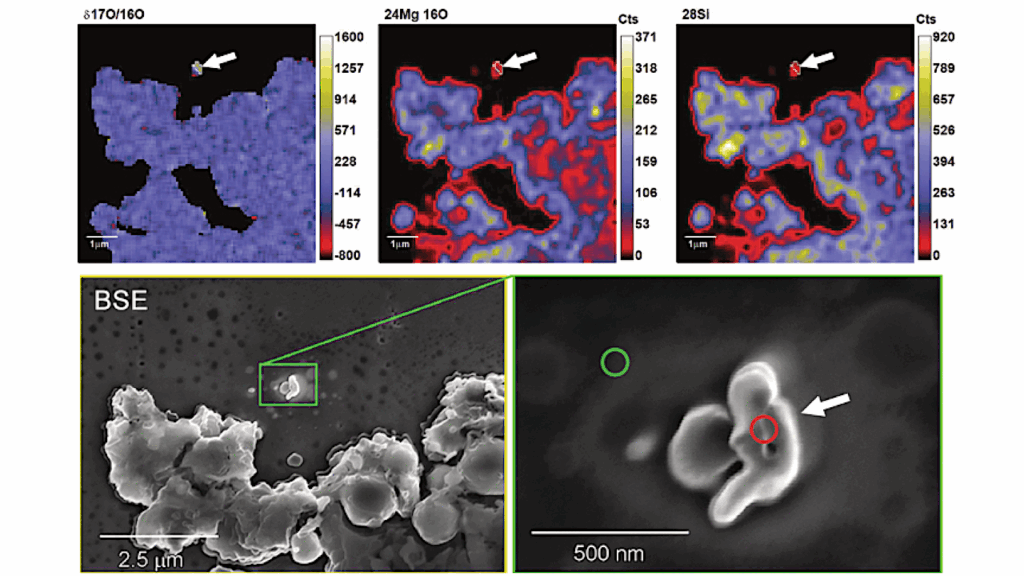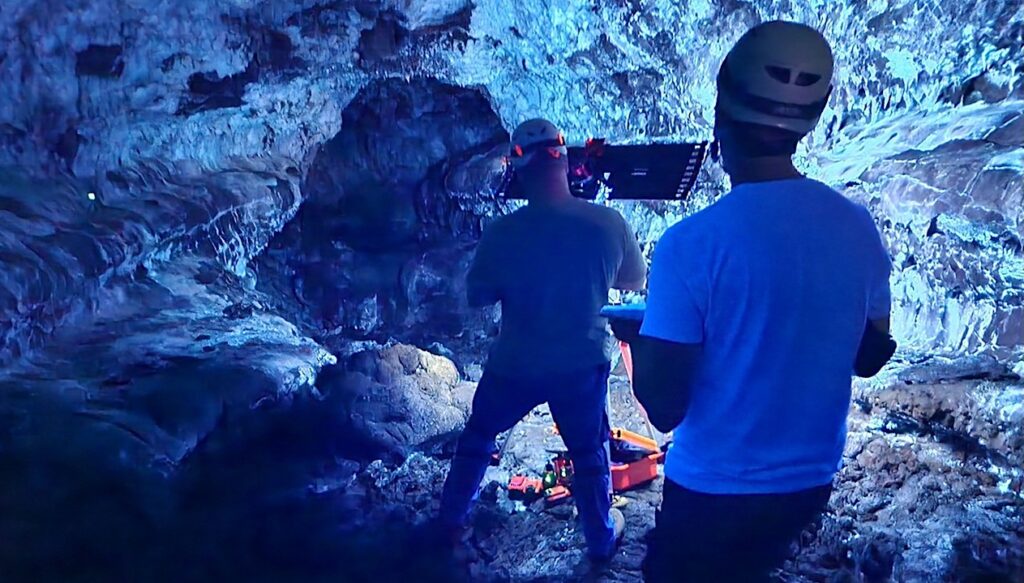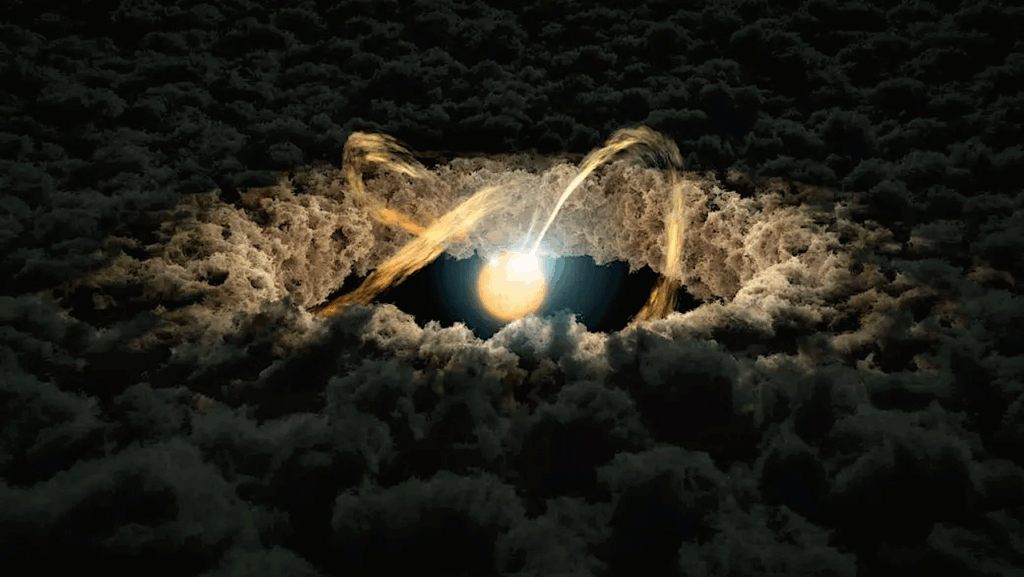Internal Or External Magma Oceans In The Earliest Protoplanets — Perspectives From Nitrogen And Carbon Fractionation

When the extent of protoplanetary melting approached magma ocean (MO)-like conditions, alloy melts efficiently segregated from the silicates to form metallic cores.
The nature of the MO of a differentiating protoplanet, i.e., internal or external MO (IMO or EMO), not only determines the abundances of life-essential volatiles like nitrogen (N) and carbon (C) in its core and mantle reservoirs but also the timing and mechanism of volatile loss.
Whether the earliest formed protoplanets had IMOs or EMOs is, however, poorly understood. Here we model equilibrium N and C partitioning between alloy and silicate melts in the absence (IMO) or presence (EMO) of vapor degassed atmospheres. Bulk N and C inventories of the protoplanets during core formation are constrained for IMOs and EMOs by comparing the predicted N and C abundances in the alloy melts from both scenarios with N and C concentrations in the parent cores of magmatic iron meteorites.
Our results show that in comparison to EMOs, protoplanets having IMOs satisfy N and C contents of the parent cores with substantially lower amounts of bulk N and C present in the parent body during core formation. As the required bulk N and C contents for IMOs and EMOs are in the sub-chondritic and chondritic range, respectively, N and C fractionation models alone cannot be used to distinguish the prevalence of these two end-member differentiation regimes.
A comparison of N and C abundances in chondrites with their peak metamorphic temperatures suggests that protoplanetary interiors could lose a substantial portion of their N and C inventories with increasing degrees of thermal metamorphism.
Damanveer S. Grewal, Johnny D. Seales, Rajdeep Dasgupta
Comments: 19 pages, 8 figures, 1 table
Subjects: Earth and Planetary Astrophysics (astro-ph.EP)
Cite as: arXiv:2210.03237 [astro-ph.EP] (or arXiv:2210.03237v1 [astro-ph.EP] for this version)
https://doi.org/10.48550/arXiv.2210.03237
Focus to learn more
Related DOI:
https://doi.org/10.1016/j.epsl.2022.117847
Focus to learn more
Submission history
From: Damanveer Grewal
[v1] Thu, 6 Oct 2022 22:14:05 UTC (1,838 KB)
https://arxiv.org/abs/2210.03237
Astrobiology








